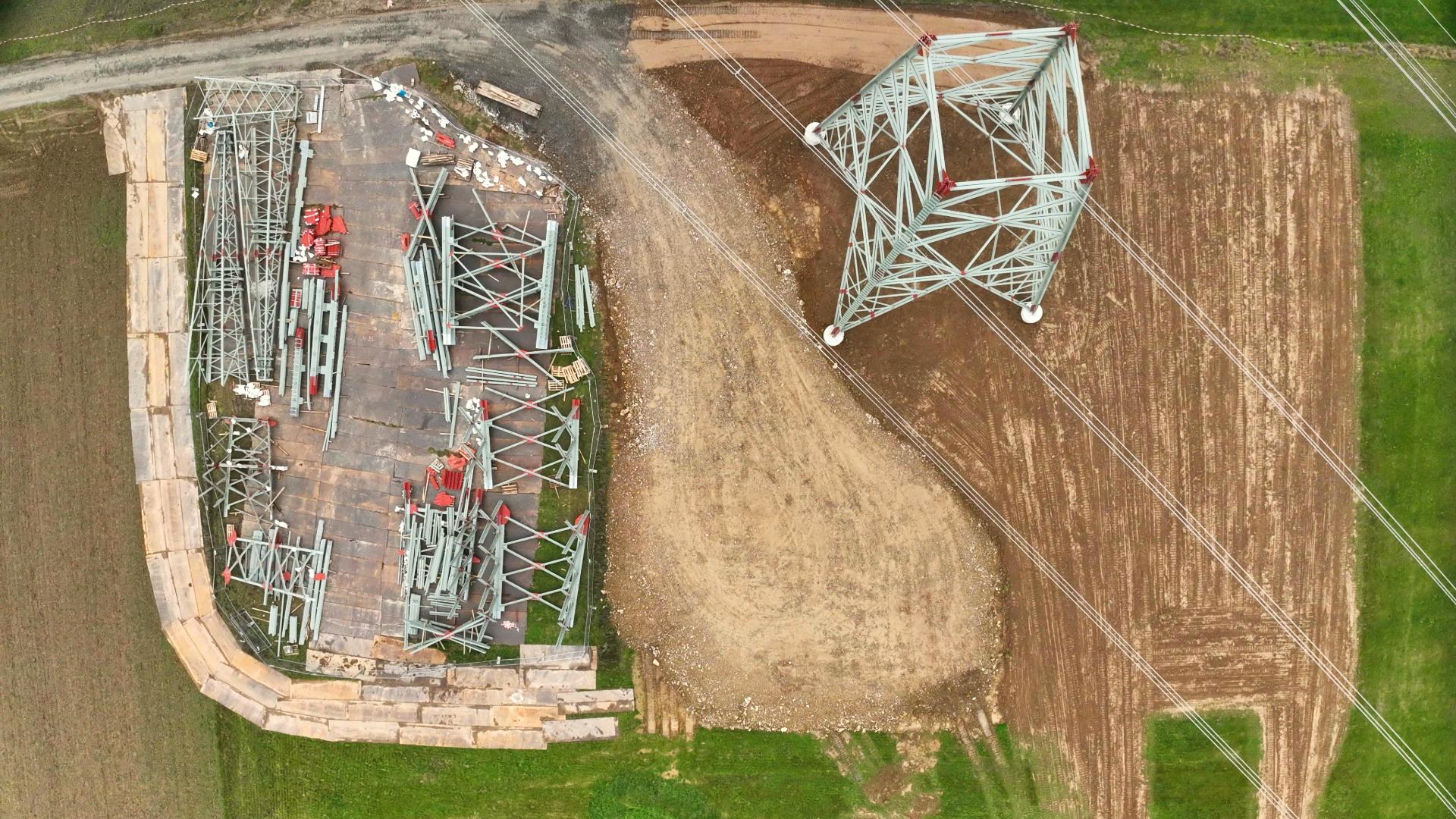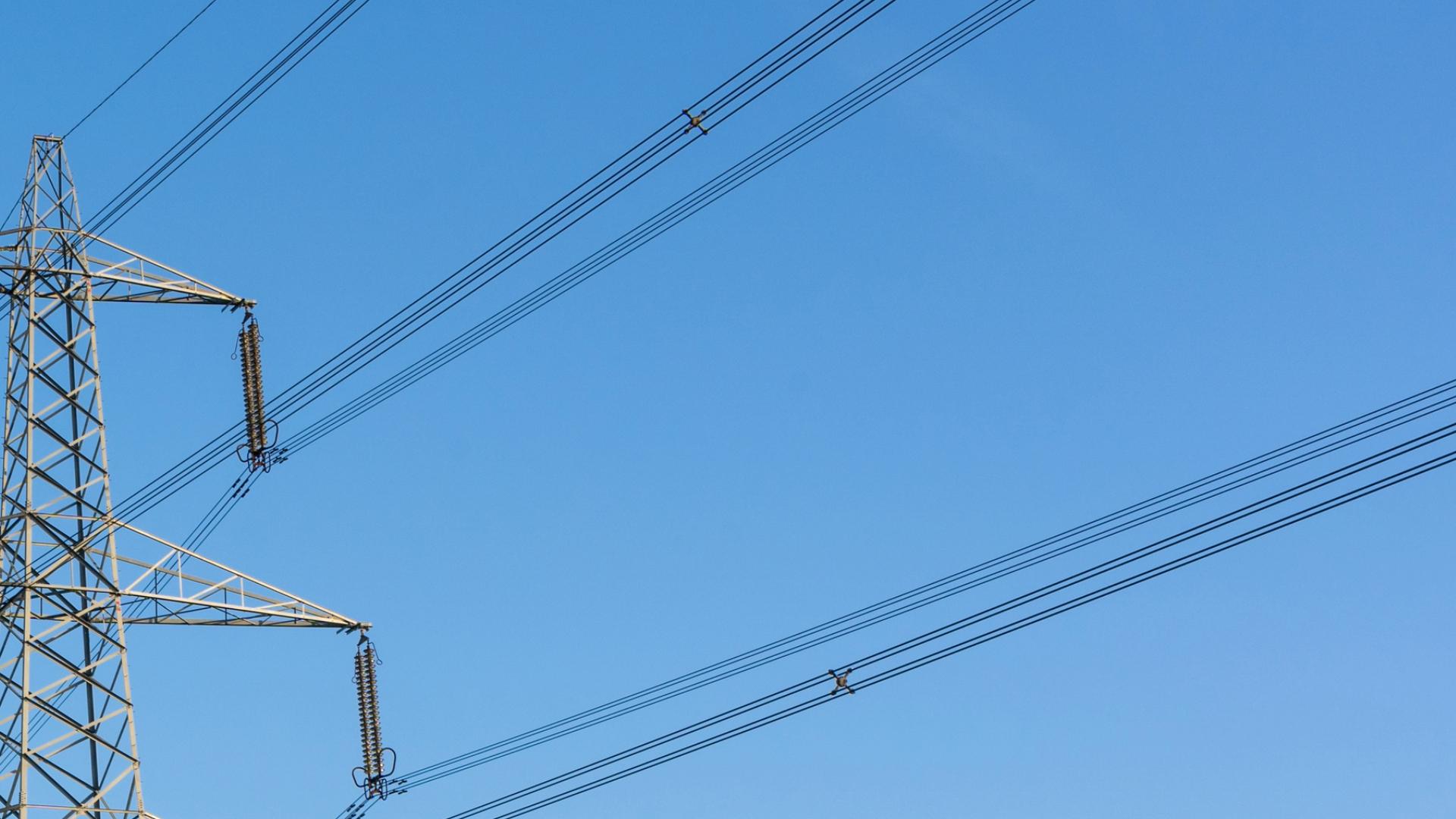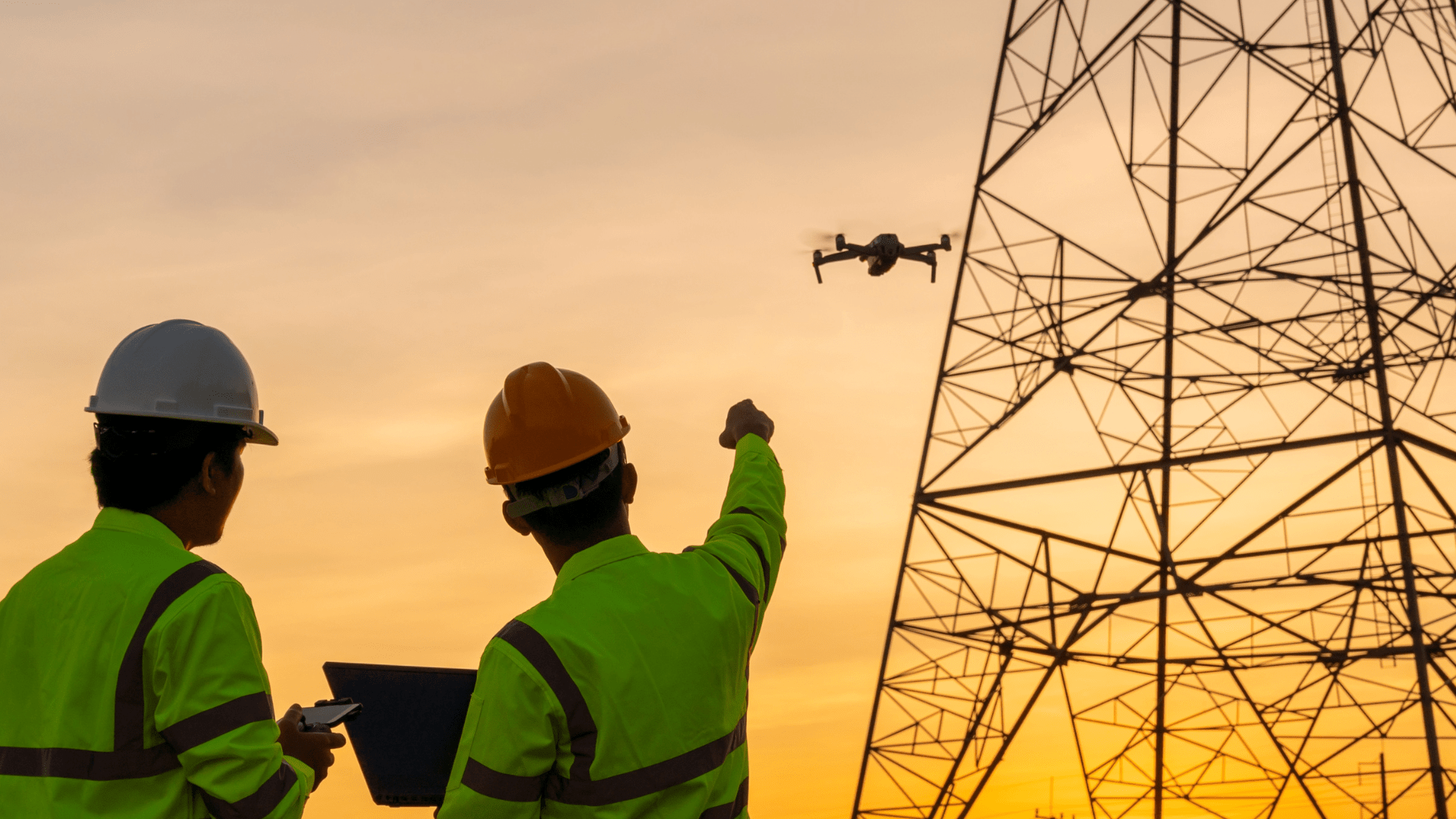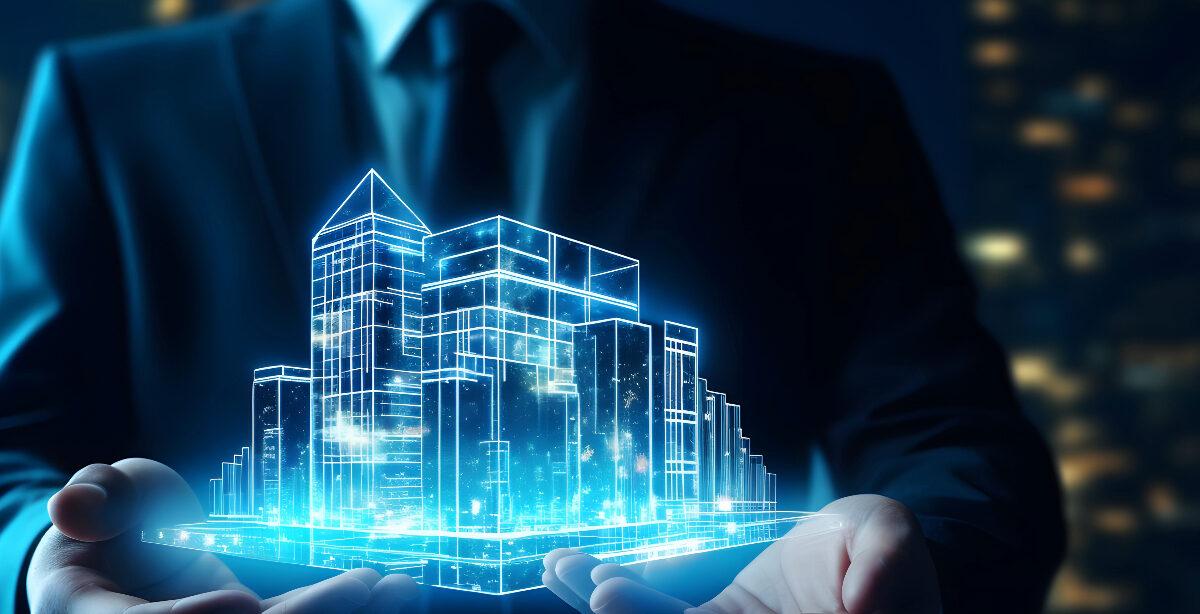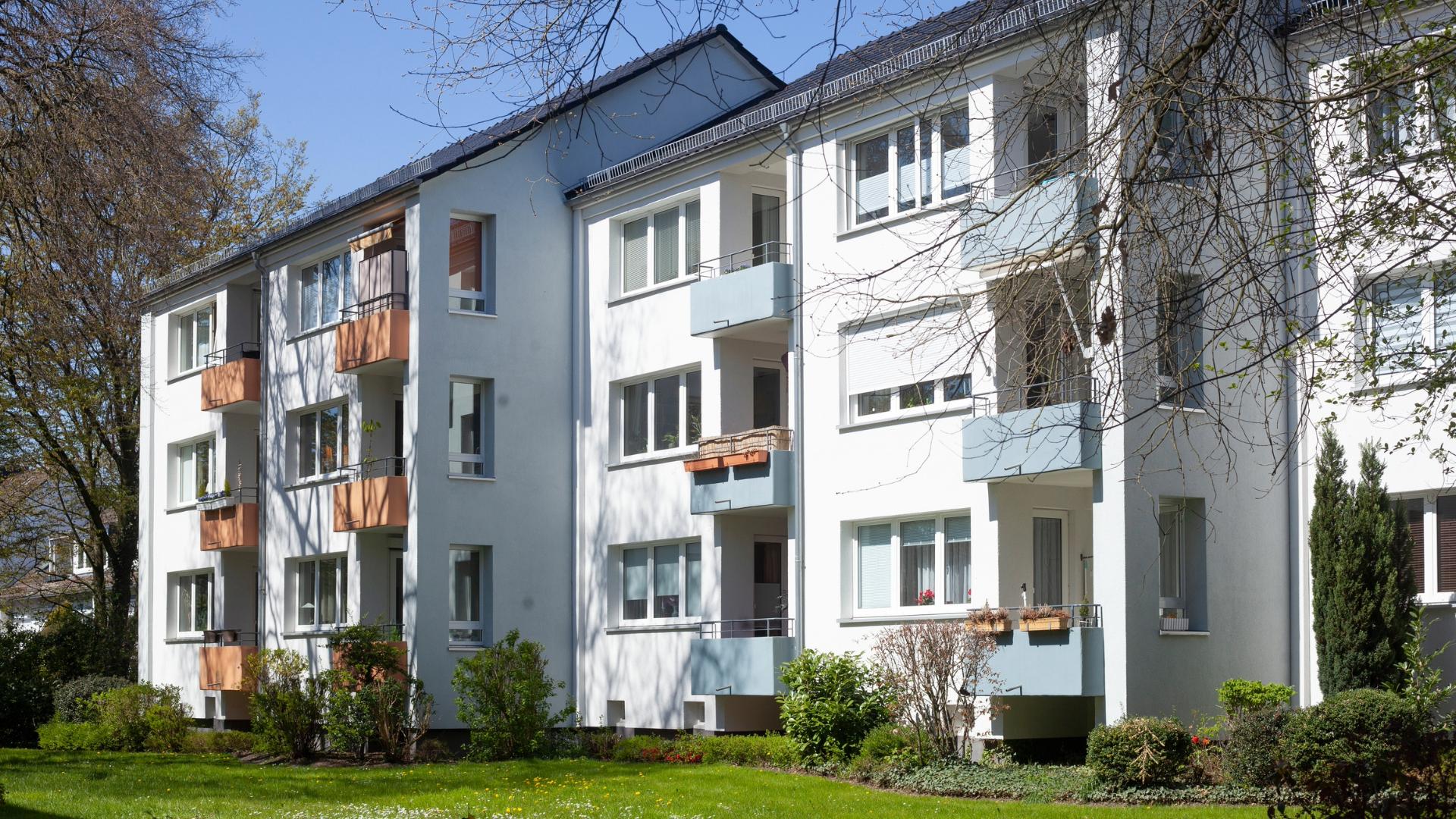Everyone is probably familiar with a similar situation: You take a photo and shortly afterward you realize that the image is completely underexposed and barely recognizable. In most cases, this can be corrected by simply turning on the flash. But it becomes critical when you cannot repeat the shooting process in such a simple and straightforward manner. Images used as data for inspection tasks, for example, are initially only as good as their recording quality is sufficient to allow the necessary details to be recognized. In the following, we examine three simple factors that ensure data quality and that your work is not for nothing.
Three determinants of data quality
Firstly, high-quality, usable data are objective, reliable, and valid. To achieve such results from drone data, drone technology must be appropriately implemented into existing work processes. For this, three criteria are key for a successful implementation: Interoperability, Connectivity, and Data Consistency/Quality.
“Individual solutions for the commercial use of drones can be measured by how easily they can be integrated into a company’s own work process. In the current market development stage, the decisive criteria for IoT and software integration are the interoperability, connectivity, and data quality of a solution. This is especially the case when you want to use drones for data collection.”
Let’s take a look at these three aspects using the example of a live data feed between drones and users. FlyNex has been offering a joint solution together with the Californian data specialist KSI Data Sciences since March 2021, and it is very clear to see how important interoperability, connectivity, and data quality are in practice.
Drone data for Remote Maintenance
For example, data is useless if a drone is flying over an industrial facility but is only equipped with an inferior camera, making the images so blurry that image AI for automated analysis cannot detect anything. The same applies to connectivity and interoperability, or the properties ensuring that different systems can work together and that data from the drone can also be retrieved and used.
The three quality indicators in digitization
Interoperability
When different software applications have to work together, interoperability is crucial. To put it exaggeratedly, the quality of the entire project is compromised if the project manager communicates by e-mail, but the recordings are sent in as fax afterward. The data, e-mail, and fax cannot be unified in their form.
Interoperability is given when applications on both sides can exchange information. Therefore, they must speak the same “language” to communicate. If data from two different sources cannot be processed in a uniform manner, the integration of new technologies fails right at the start.
Connectivity
Similarly, connectivity ensures a functioning overall system through interfaces. Process planning, data acquisition, and data processing must connect seamlessly in drone operations.
Devices operating in the Internet of Things (IoT) can only be used effectively if connectivity is established via suitable interfaces to the cloud and thus to various applications, such as AI analysis. So, if the data remains on the drone due to lack of connectivity, it is not usable. This includes cellular connections between the drone and cloud storage or software interfaces between the cloud and the analysis application.
Data Quality
Data consistency/data quality refers to correct and comparable data that is of consistently high quality. After all, only if usable data, e.g. measurement data with adequate precision and measurement duration or resolution can be acquired, the use and processing do make sense.
It has never been easier to obtain comparable data than by drone. By storing and repeating flight routes, drones manage to capture comparable images even at longer intervals, e.g. of buildings.
Example Live Streaming directly from Drone
KSI has developed a software solution for data links and live streaming between drones and users in different locations. By streaming data via KSI, engineers, project managers or inspectors get live access to one or more drones, regardless of the end device and own location. Thus, for example, plants or areas worldwide can be inspected from the desk, while only one pilot with a drone, in the best case even the drone autonomously, is on-site.
But how is it ensured that different software and hardware components of the overall solution work together for different purposes and function effectively? The devil is in the details: The use of a drone as a technical instrument for inspection quickly becomes complex when data must be collected in combination with other software solutions for evaluation or transmission.
Central Platform for Remote Inspection
In KSI’s case, the FlyNex Enterprise Suite provides the central access point. Operations and maintenance managers have access to the live stream of the drone via FlyNex and its pre-integrated interfaces. At the same time, however, the platform not only enables direct connection to the drone, but also project management, access management of recordings for employees, service providers, and other software interfaces, and much more.
Specifically, this means:
Interoperability
An encrypted data connection to the drone is established via the FlyNex Enterprise Suite. Data protection, app, interfaces, project and flight management, and devices are pre-integrated by FlyNex and work together.
Connectivity
The user can access different drones at different locations and retrieve image/measurement/video data live, without having to change a system or account or use other tools here.
Data Quality
Device management, preconfigured interfaces, and transmission via the KSI data link can ensure that the correct drone data is captured in the desired form.
Companies in the energy and construction industries, in particular, are already using drones for Remote monitoring and Remote inspection. Solutions are mainly being integrated for Operation and Maintenance Center (OMC) and Network Management Center (NMC). Meanwhile, drones represent their own Operation Support Systems (OSS) for network operators.
We wish trouble-free drone projects,
Your FlyNex Team
Drone data – Image Copyright ZAL DReinhardt 2020

